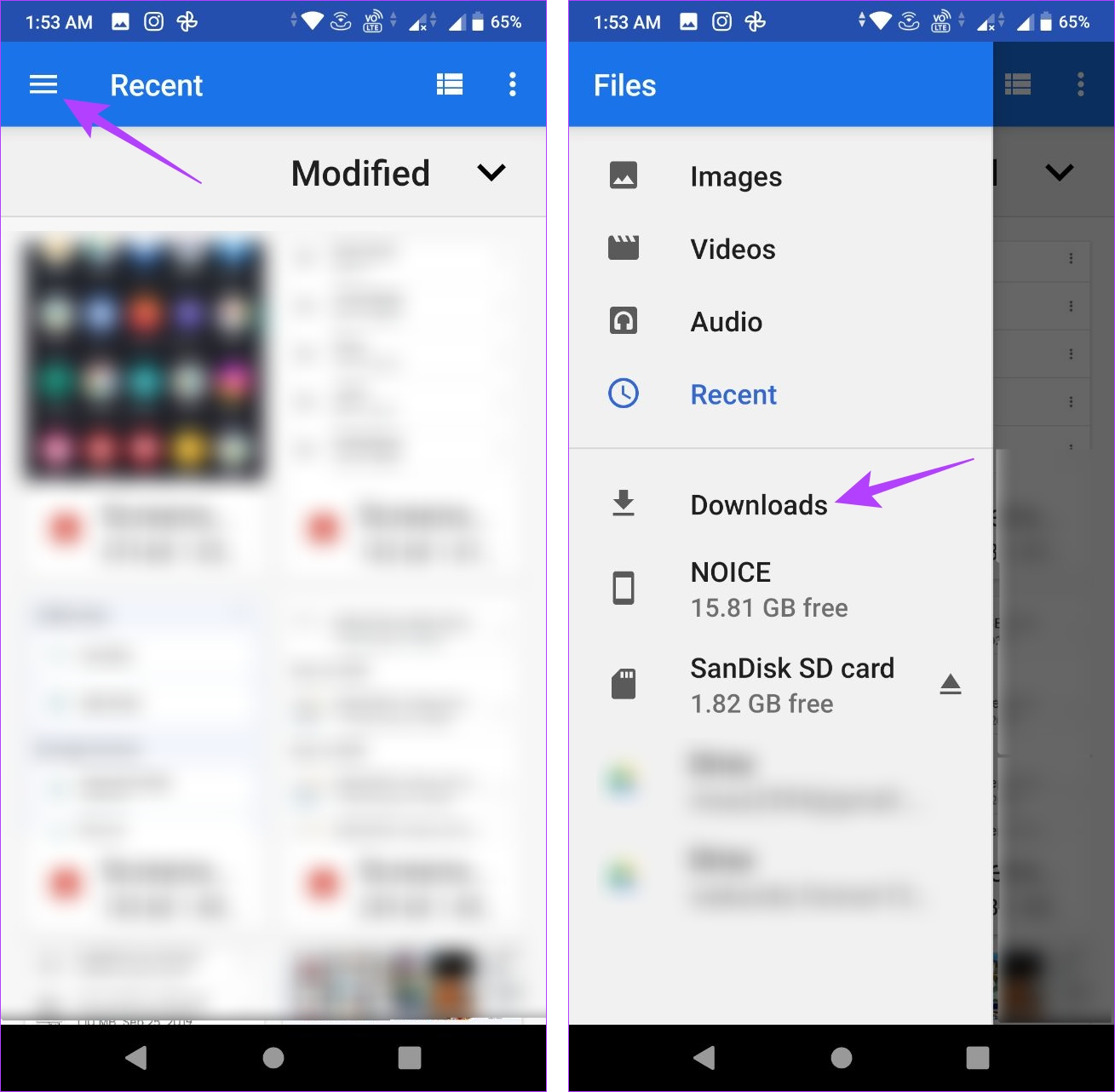The Greatest Guide To download apps android tablet
The Greatest Guide To download apps android tablet
Blog Article
Downloading and install files on your Android gadget is straightforward, however finding them can be a headache. Prior to you understand it, pictures, videos, screenshots, and other files clutter your phone. You require to recognize where those downloads went to make sure that you can remove unneeded papers that are using up area on your phone.

This guide reveals you exactly how to find an important documents that vanished and how to arrange your Downloads folder. Right here's how to locate downloads on your gadget, whether you use among the very best Google Pixel phones or one more Android smartphone.
Find your downloads with the default documents supervisor
Every phone maker might offer a one-of-a-kind pre-installed Android application for arranging documents, yet your usage needs to be comparable. If you have a Samsung gadget, you can consult our overview on finding downloads on your Samsung Galaxy phone.
Comparable to operating systems like Windows, macOS, and iphone, Android has a Downloads folder for your files. Do the following to locate the downloads on your device:
1. Open up the Documents or My Data application from the home screen or application drawer.
2. Search for a area called Downloads.
3. Tap it to watch the files you downloaded.
Make use of the Files by Google app for your downloads
If you're looking for a basic and reliable means to find your downloaded and install documents on your Android tool, think about using Data by Google from the Google Play Shop. This application attracts attention as a leading choice for its user-friendly interface and functionality, making it an excellent alternative to any preinstalled file manager app on your device.
4. Open the Data app.
5. Select the Browse tab at the bottom.
6. Faucet Downloads.
7. Select the Download and install tab to see the data in that folder.
Find your downloads manually
If you're unable to situate the Downloads folder on the major web page of your data manager app, attempt accessing your phone's inner storage space instead. Here's a step-by-step overview on just how to do it:
1. Open up the Files app.
2. Select the Browse tab near the bottom.
3. Scroll down and most likely to Interior storage.
4. Tap the Download and install folder.
Relocate your downloads to one more location
Relocating files away from the Downloads folder is handy for several reasons, especially for documents consisting of personal or personal details. Placing these files right into their folder maintains them protected and makes it difficult to remove them inadvertently. It likewise prevents them from obtaining buried and mixed with the various other random files you download and install.
1. Open the Files app.
2. Navigate to your Download folder.
3. Tap the three-dot menu to the right of any file.
4. Choose the Move to option.
5. Tap Internal storage at the bottom.
6. Select any location or folder.
7. Tap Move here to transfer the file to that location.
You can also use the Copy downloads on your Android phone or tablet to option and paste these files to another location. This allows you to create as many duplicates as you want without removing the original files from your Download folder.
View the exact location of your downloadsM/b >
At times, you might need to locate the Download folder click on the three-dot menu beside a downloaded file and select File info. For many up-to-date Android devices, the default path for downloads is/ storage/emulated/0/ Download. Although certain third-party web browsers could save files elsewhere, this is typically the primary download location.
Managing your downloads is easier than you think
The Files app by Google is an excellent choice for those who appreciate a straightforward file management solution. With its user-friendly interface and simple features, this app effectively categorizes your files into different types such as downloads, images, videos, and audio. Additionally, it provides the option to remove unnecessary files.
Speaking of tidying up, you can free up more storage space by learning how to delete unwanted WhatsApp media files. You can install an SD card on some Android devices if you're still short on space.
Report this page